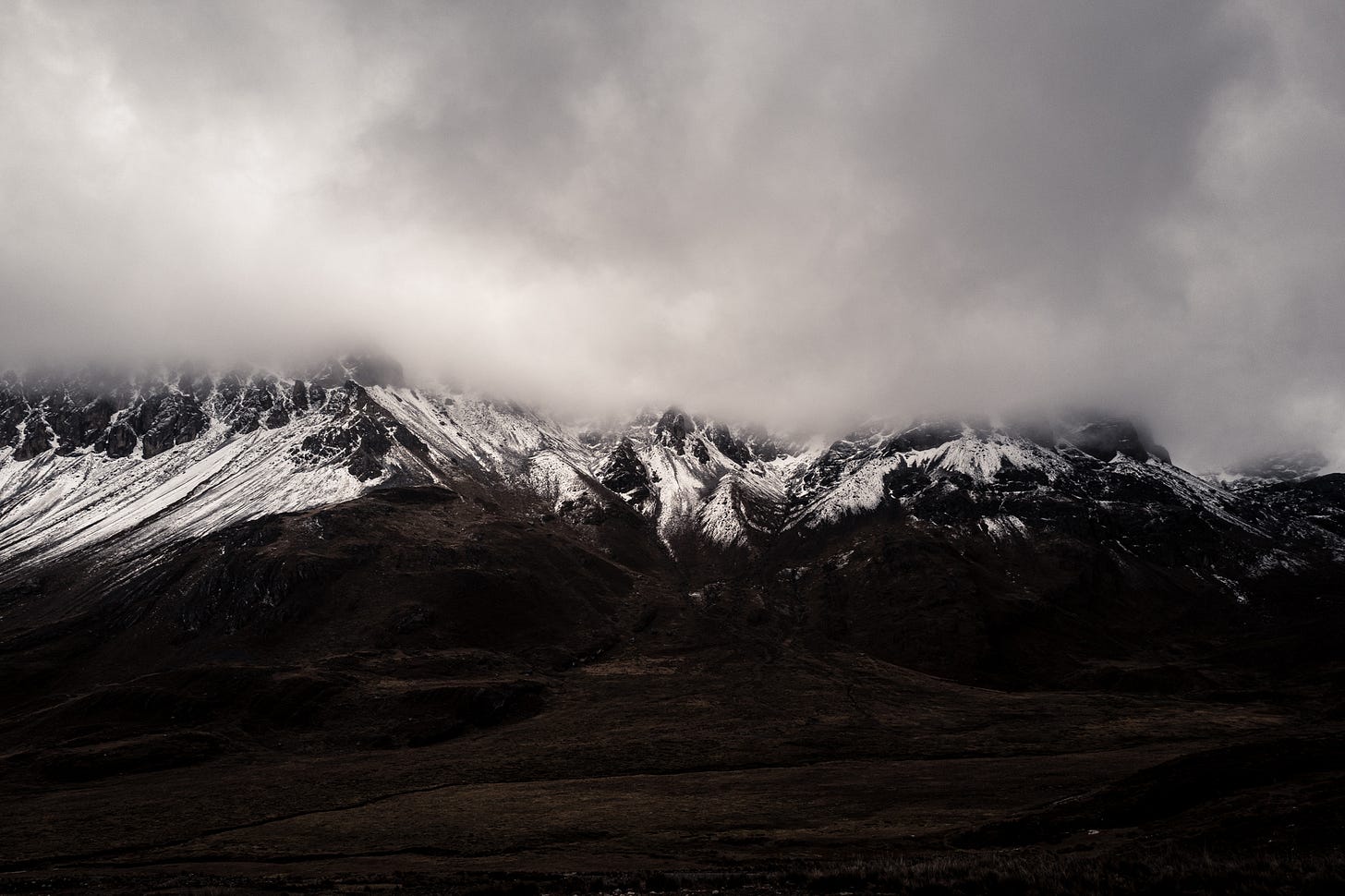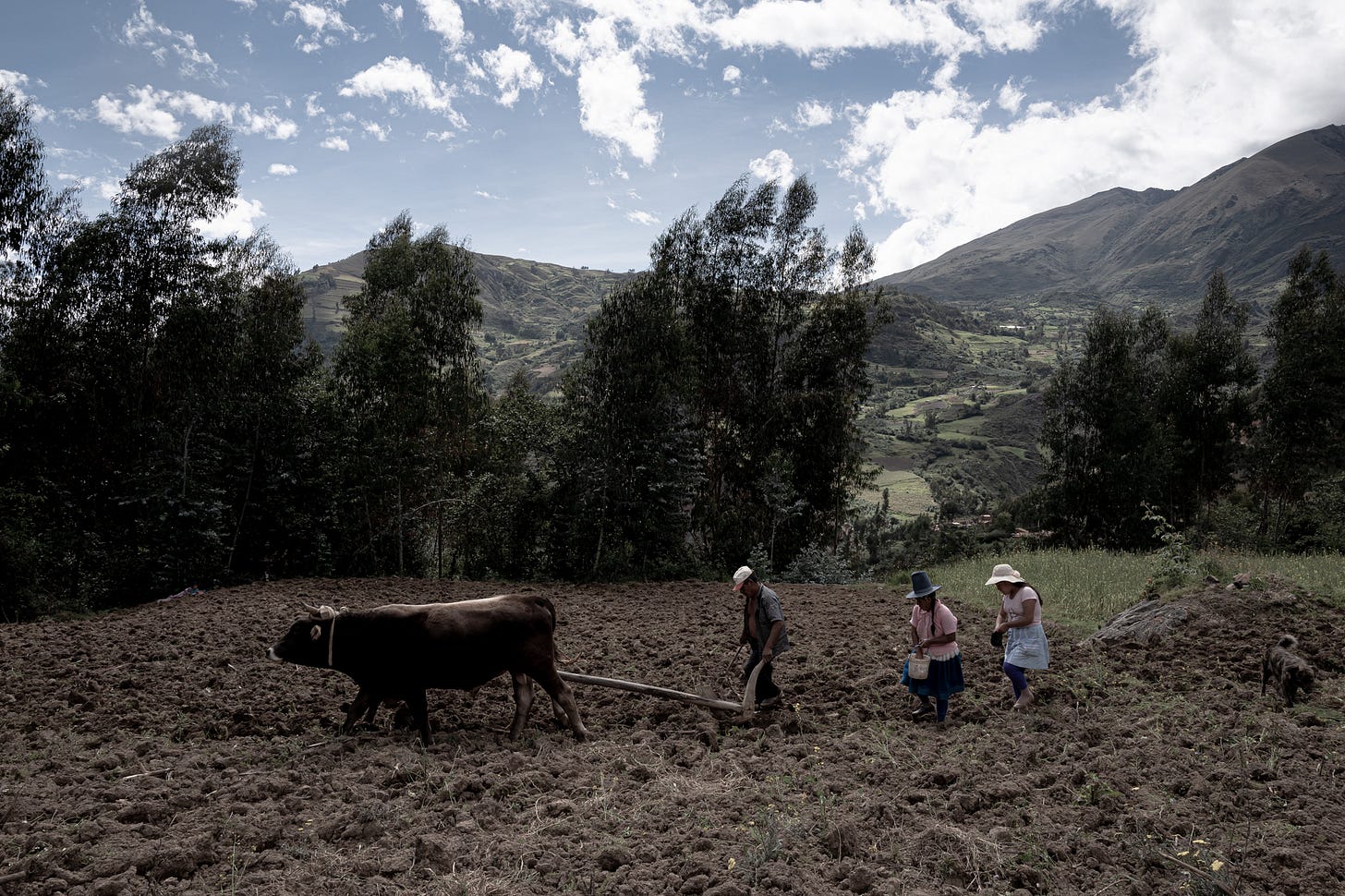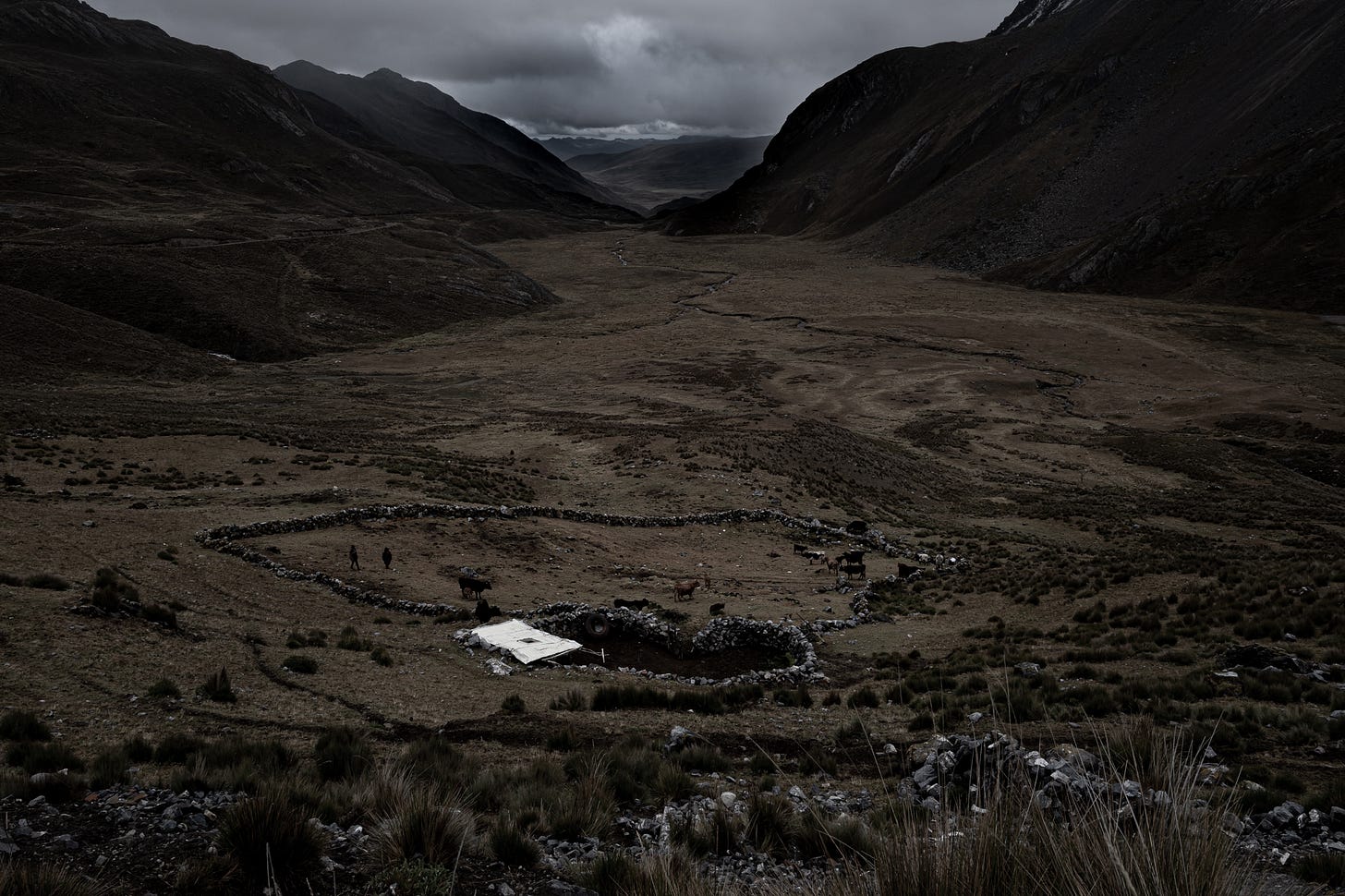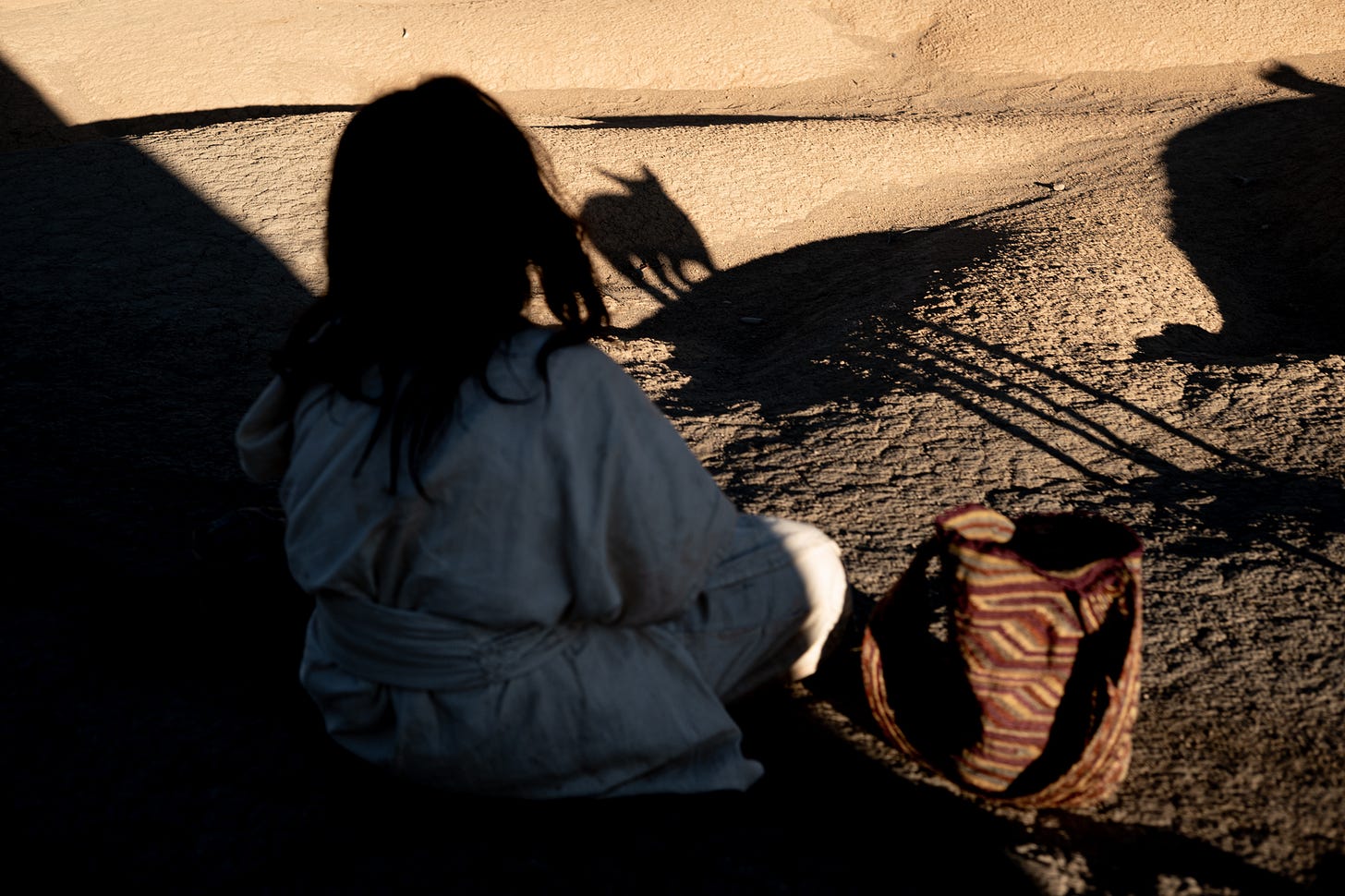Words and images by Marcio Pimenta | Website | Instagram
Mountain glacier melt-off is currently one of the biggest contributors to rising sea levels and poses serious threats to communities and the resources they rely on around the globe. Some 70% of the world’s glaciers find their home in the Andes mountains, a contiguous region spanning Argentina, Bolivia, Chile, Colombia, Ecuador, Peru and Venezuela. The range is home to around 85 million people and covers 2,500,000 kilometers.

From Patagonia to the southern tip of the Bolivian Altiplano, the Andes are sparsely populated, with just a few groups of shepherds and farmers living on the lower foothills and plains of the cordillera. In Colombia, the most populated areas are found nestled in the Andes, while both Bolivia and Peru see much of their respective populations living above 10,000 feet.
Relative to their size, the Andes have lost more ice to date than any other mountain range on earth, about 3 feet in thickness annually since 2000. As the glaciers melt, water can no longer seep through the cracks of the mountain and make its way downhill into springs for communities to collect, driving declines in crop yields and diversity and ultimately leading to food insecurity.
A decrease in water supply is particularly troubling for poor highland communities who often have less capacity to respond to increasing water scarcity and extreme weather due to limited infrastructure, low income, a reliance on agriculture and minimal opportunities for alternative livelihoods.

The changing climate has also given rise to increasingly erratic and extreme weather conditions, like excess rainfall and increasingly frequent droughts. For many highland farmers, the extreme weather and impacts of glacial melt are forcing them to move into the lowlands in search of more productive farmland or alternative work. While most are subsistence farmers, some grow crops at a scale viable for export, including coffee, tobacco, cotton and coca. As a climate-sensitive perennial crop, coffee production is particularly susceptible to climate change.



The threat is no less severe for farmers raising livestock, like Colombian cattle ranchers or sheep, goat and alpaca farmers in Peru and Bolivia. Dissipating run-off and less water for the animals leads to lower milk production, smaller animals and ultimately lower profits.


As we well know, the impacts of climate change will be felt by everyone, but it’s those on the extremities that will feel them most. For many living in the remote highland communities of the Andes, the impacts of climate change are already part of their past and present lived experience. As the future looms, life for these communities will continue to change, dislocating lives and driving further insecurity.
These photos are part of the “Man and Earth” project. Since January 2018, I have traveled across the continent documenting this relationship. They are simple and, at the same time, dense images: a man harvesting wood, boys playing in a river in the Amazon, a vast desert, coal mining for energy generation, new energy sources, farmers expanding production, the spatial flow of migrants, workers clearing forests at the whim of the global economy, rural migrants who dream of cities whose stories they don't know, etc. Experiences of all kinds, our history with our geography.









